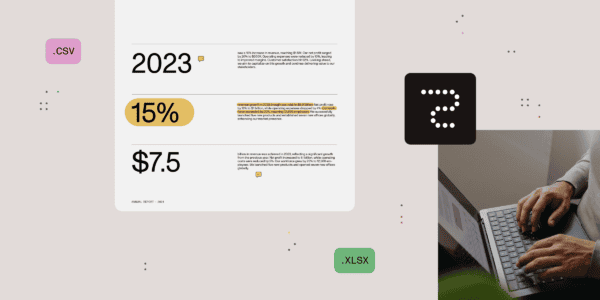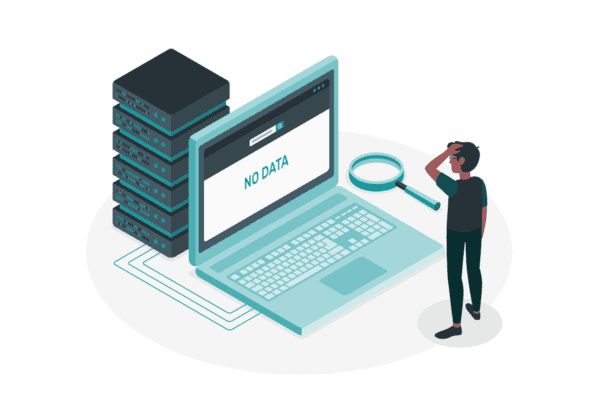A well-designed intranet can be a powerful tool for fostering collaboration, enhancing communication, and boosting employee engagement. By creating a user-centric and engaging SharePoint community, you can drive business success and improve overall productivity. This guide will provide practical strategies and best practices for building a thriving intranet.
Key Strategies for a User-Centric Intranet
Personalized Content:
- Utilize SharePoint’s personalization capabilities to deliver tailored content to individual users based on their roles, interests, and preferences.
- Implement news feeds that display relevant articles, announcements, and updates.
- Allow users to customize their intranet dashboards to prioritize the information they care about most.
- Intranet Hub Sites: . Consider creating hub sites for different departments or teams to promote collaboration and streamline information access.
- Design and Wireframing: A well-planned design is essential for creating a user-friendly and visually appealing intranet. Use wireframing tools or even PowerPoint to visualize the layout and structure of your intranet before diving into development.
- Content Strategy: Develop a clear content strategy that outlines what information will be published on your intranet, who will be responsible for creating and managing content, and how often content will be updated.
Effective Search Functionality:
- Invest in a robust search engine that can accurately index and retrieve information from your intranet.
- Provide advanced search options, such as filters, autocomplete, and suggested keywords, to help users find what they need quickly.
- Regularly review and update search results to ensure they remain relevant and accurate.
Social Features:
- Encourage collaboration and engagement by incorporating social features like forums, blogs, and social feeds.
- Facilitate knowledge sharing by allowing users to create and share documents, presentations, and other resources.
- Promote a culture of teamwork and community by recognizing and rewarding contributions.
Mobile Optimization:
- Ensure your intranet is fully optimized for mobile devices to cater to the growing number of employees who access information on their smartphones and tablets.
- Design a responsive layout that adapts to different screen sizes and provides a seamless user experience.
Regular Feedback and Updates:
- Continuously gather feedback from your employees to identify areas for improvement and ensure the intranet remains relevant and valuable.
- Implement a process for collecting and addressing user suggestions and complaints.
- Regularly update the intranet with new features, content, and enhancements to keep it fresh and engaging.
Benefits, Potential Challenges, and Considerations
Benefits:
- Efficiency: Streamline operations, reduce manual tasks, and save time.
- Client Experience: Enhance client satisfaction through better access to information and communication.
- Data-Driven Decisions: Make informed choices based on analytics and insights.
- Productivity: Boost team performance and morale.
- Cost Savings: Reduce expenses associated with manual processes and paper-based systems.
- Collaboration: Improve communication and teamwork among team members.
- Brand Reputation: Enhance your company’s image with a professional and user-friendly intranet.
Potential Challenges:
- Security: Protect sensitive data from unauthorized access.
- Integration: Ensure compatibility with existing systems and software.
- Adoption: Overcome resistance to change and encourage user engagement.
- Customization: Tailor the intranet to specific needs while maintaining usability.
- Technical Issues: Address compatibility problems and technical limitations.
- Planning: Establish clear goals and objectives for the intranet.
- Training: Provide adequate training and support to users.
Considerations:
- Security: Implement strong security measures to protect data.
- Integration: Plan for seamless integration with other systems.
- Training: Develop a comprehensive training program.
- Customization: Tailor the intranet to specific needs.
- Maintenance: Regularly review and update the intranet to keep it relevant.
Building a SharePoint Intranet for Real Estate: A Use Case
Problem: Real estate groups often struggle with inefficient property management, limited collaboration, and poor client experience.
Solution: Develop a tailored SharePoint intranet to address these challenges.
Key Components:
- Property Management: Centralize property data, automate workflows, and integrate with external sources.
- Collaboration: Facilitate teamwork, knowledge sharing, and real-time communication.
- Client Portal: Provide clients with easy access to property information and communication.
- Analytics: Track performance, analyze trends, and optimize strategies.
- Mobile Access: Enable agents to work efficiently on the go.
Best Practices for SharePoint Intranet Development
By following these best practices and addressing potential challenges, you can create a vibrant SharePoint community that empowers employees, drives collaboration, and supports business growth, here are the tips and practices
User-Centric Design:
- Prioritize the needs and preferences of your users throughout the development process.
- Conduct user research and gather feedback to inform design decisions.
- Create a visually appealing and intuitive interface that is easy to navigate.
Clear Goals and Objectives:
- Define the specific goals and objectives of your intranet to ensure it aligns with your organization’s overall strategy.
- Clearly communicate the benefits and purpose of the intranet to all stakeholders.
Effective Communication:
- Develop a communication plan to keep users informed about intranet updates, changes, and training opportunities.
- Encourage open communication and feedback from users.
Continuous Improvement:
- Regularly gather feedback from users and make necessary adjustments to improve the intranet’s functionality and usability.
- Implement a process for tracking and measuring the effectiveness of the intranet.
Leverage SharePoint Features:
- Take advantage of SharePoint’s built-in features and capabilities to streamline development and enhance the user experience.
- Use SharePoint lists, libraries, workflows, and other tools to create a customized intranet solution.
Consider Mobile Optimization:
- Ensure your intranet is accessible and easy to use on mobile devices.
- Design a responsive layout that adapts to different screen sizes.
Provide Adequate Training and Support:
- Offer comprehensive training and support to help users navigate and utilize the intranet effectively.
- Provide documentation, tutorials, and online resources to assist users.
Monitor and Measure Success:
- Track key performance indicators (KPIs) to measure the success of your intranet and identify areas for improvement.
- Use analytics tools to analyze user behavior and usage patterns.
By investing in a well-designed intranet, you can unlock the full potential of SharePoint and enhance the overall productivity and success of your organization.Remember, building a successful SharePoint community is an ongoing process. Continuously evaluate your intranet’s effectiveness, gather feedback from users, and make necessary adjustments to ensure it remains a valuable asset to your organization.
About the Author:
Kavitha Udaya Kumar
Business Intelligence Professional and Subject Matter Expert with 16+ years of experience in leveraging technology for data-driven solutions that enhance efficiency, accuracy, productivity, and system utility. Proficient in Project Management, SharePoint, Business Intelligence services, and Customer Service.
Holding a Master’s degree in Computer Applications, CAPM, and Microsoft 365 Technology certifications. Skilled in Business Intelligence, Project Management, Power BI, SharePoint, and Excel & Microsoft technologies. A proactive leader and motivated achiever, I set and achieve ambitious goals, embrace challenges, and maintain discipline and consistency. Experienced in utilizing Microsoft to transform raw data into actionable insights, defining and tracking KPIs, leading cross-functional teams, managing complex projects, and implementing cutting-edge BI solutions. Proficient in Microsoft Power BI, SharePoint, Fabric, Copilot, PowerShell, M365 Governance, and Compliance.
Reference:
Kumar, K (2024). Building a Vibrant SharePoint Community: User-Centric Strategies. Available at: Building a Vibrant SharePoint Community: User-Centric Strategies | LinkedIn [Accessed: 26th September 2024].










